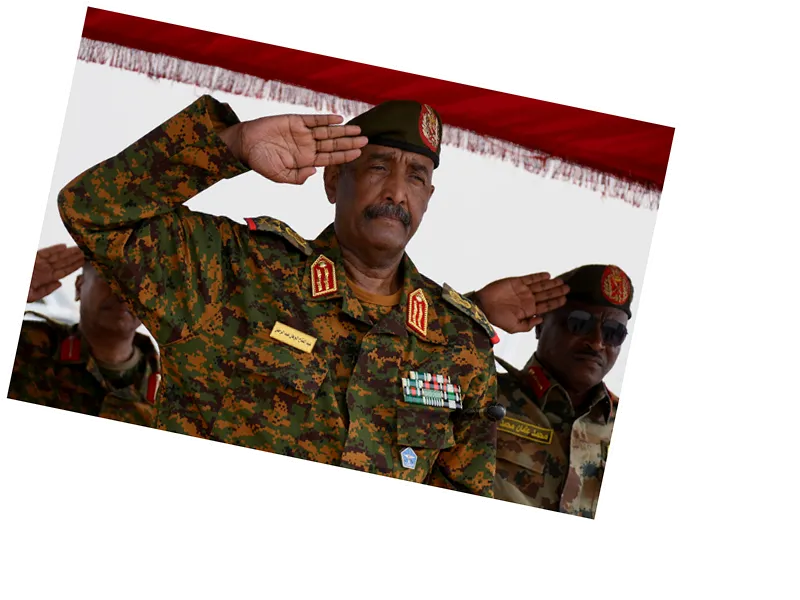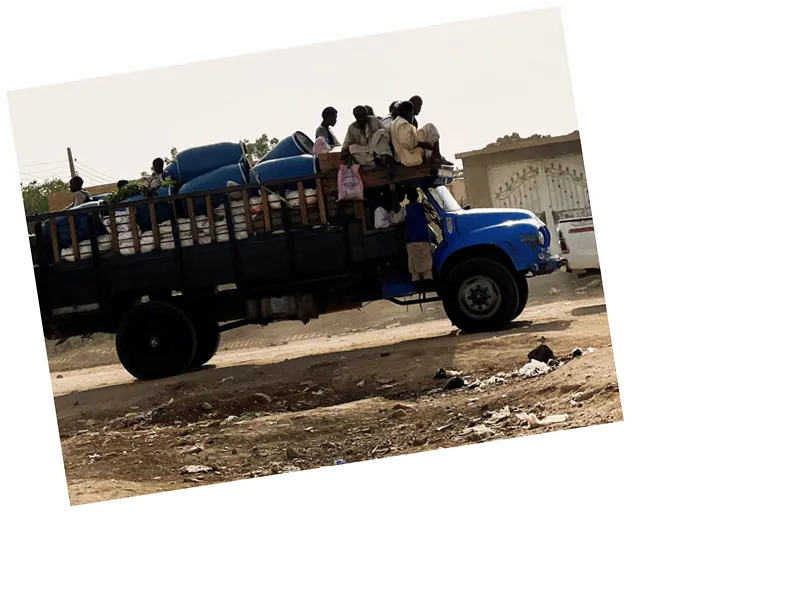Military Control Dynamics in Khartoum
The ongoing conflict between the Sudanese army and the Rapid Support Forces (RSF) continues to reshape the control dynamics in Khartoum. Following a significant military operation on September 26, the army successfully crossed three bridges over the Nile River, advancing from Omdurman into Khartoum and Khartoum Bahri. This strategic maneuver has altered the battlefield landscape, with the army establishing defenses in key areas such as Al-Muqran and aiming to reach the army's general command headquarters.
Key Locations and Strategic Advances
As the army progresses, it has taken control of several critical sites, including the headquarters of Petrodar and Nile Petroleum companies, as well as the Coral Hotel and the National Museum. The army's operations have intensified around Imam Al-Mahdi Street, which has become a focal point for military activity. Despite these advances, the RSF maintains control over various significant locations in Khartoum Bahri, including Shambat and Khatmiya, and continues to hold strategic assets like the Jelei Oil Refinery.
Future Outlook and Tactical Movements
The conflict, which has persisted for over 18 months, shows no signs of abating. Both sides are expected to increase their military confrontations, as the Sudanese army employs tactics aimed at exhausting the RSF by engaging in simultaneous operations across multiple fronts. The current military landscape suggests a potential escalation in violence, with ongoing battles in neighborhoods like Al-Lamab and the Al-Muqrin area. The situation remains fluid, and the outcome of these confrontations could significantly impact the control of Khartoum and its surrounding regions.





